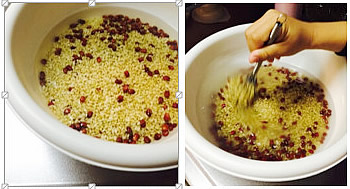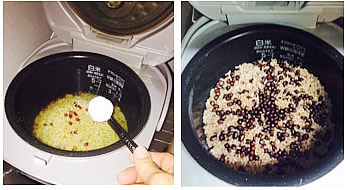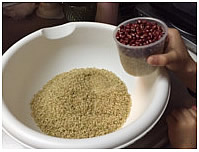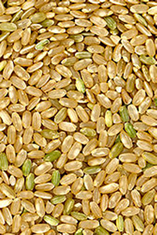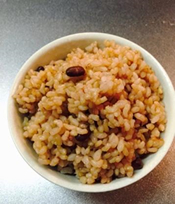Exercising after a meal can more effectively reduce risks of cardiovascular disease
University of Missouri-Columbia
Released on EurekAlert! on 16 FEB 2015
http://www.eurekalert.org/pub_releases/2015-02/uom-iwt021715.php
COLUMBIA, Mo. – Individuals with Type 2 diabetes have heightened amounts of sugars and fats in their blood, which increases their risks for cardiovascular diseases such as strokes and heart attacks. Exercise is a popular prescription for individuals suffering from the symptoms of Type 2 diabetes, but little research has explored whether these individuals receive more benefits from working out before or after dinner. Now, researchers at the University of Missouri have found that individuals with Type 2 diabetes can lower their risks of cardiovascular diseases more effectively by exercising after a meal.
“This study shows that it is not just the intensity or duration of exercising that is important but also the timing of when it occurs,” said Jill Kanaley, professor in the MU Department of Nutrition and Exercise Physiology. “Results from this study show that resistance exercise has its most powerful effect on reducing glucose and fat levels in one’s blood when performed after dinner.”
Kanaley and her colleagues studied a group of obese individuals with Type 2 diabetes. On one occasion, participants performed resistance exercises before eating dinner. During another visit, participants exercised 45 minutes after eating dinner. Participants performed resistance exercises such as leg curls, seated calf raises and abdominal crunches. Compared to levels on a non-exercise day, Kanaley found that the participants who exercised before dinner were able to only reduce the sugar levels in their blood; however, participants who exercised after dinner were able to reduce both sugar and fat levels. Participants consumed a moderate carbohydrate dinner on the evenings of the study.
Kanaley said her research is particularly helpful for health care providers who have patients who exercise every day but are not seeing benefits.
“Knowing that the best time to exercise is after a meal could provide health care professionals with a better understanding of how to personalize exercise prescriptions to optimize health benefits,” Kanaley said.
Kanaley also found that improvements in participants’ blood sugar and fat levels were short-lived and did not extend to the next day. She suggests individuals practice daily resistance exercise after dinner to maintain improvements.
“Individuals who exercise in the morning have usually fasted for 10 hours beforehand,” Kanaley said. “Also, it is natural for individuals’ hormone levels to be different at different times of day, which is another factor to consider when determining the best time to exercise.”
In the future, Kanaley said she plans to research how exercising in the morning differs from exercising after dinner and how individuals’ hormone levels also affect exercise results.
The study, “Post-dinner resistance exercise improves postprandial risk factors more effectively than pre-dinner resistance exercise in patients with type 2 diabetes,” was published in the Journal of Applied Physiology.
Original Article released:
http://www.eurekalert.org/pub_releases/2015-02/uom-iwt021715.php
Link Cited on: LINK de DIET
http://www.nutritio.net/linkdediet/news/FMPro?-db=NEWS.fp5&-Format=detail.htm&kibanID=48216&-lay=lay&-Find


